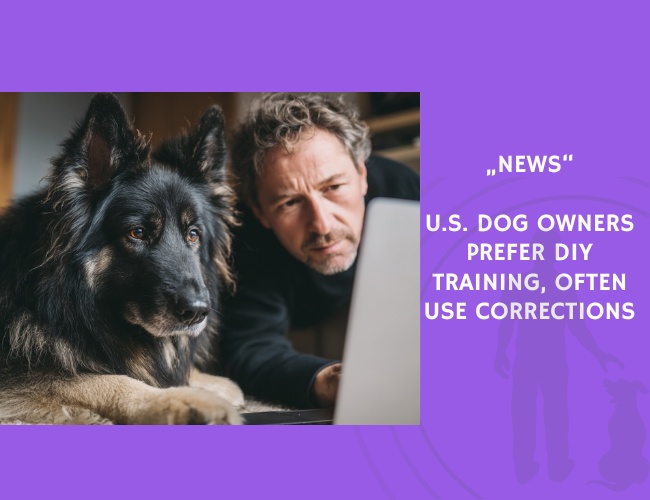Chiang Mai, Thailand, 19.07.2025
Most U.S. dog guardians do not seek professional training advice and often mix reward and aversive methods, which may undermine training outcomes and dog welfare.
How do typical dog owners in the U.S. train their pets? A 2024 study by Johnson and Wynne published in Animals surveyed nearly 800 dog guardians—primarily Arizona State University students—to better understand training habits, method preferences, and sources of information.
Only 5% of participants reported contacting a professional trainer when facing behavioral issues, while 60% turned to friends, family, or online sources. Roughly 70% of respondents said they either trained their dogs themselves or used no formal training at all.
While most reported using rewards-based training in general, specific behavioral problems triggered more aversive responses: 57% of dog guardians said they would apply physical or auditory corrections in these cases. Notably, respondents who primarily used rewards-based training were significantly more likely to believe their methods were effective (p < 0.01).
The study underscores a gap between general training attitudes and actual behavioral responses, suggesting that reliance on unverified advice may contribute to inconsistent or ineffective training—and potentially impact dog welfare.
Training Methods Used by Dog Guardians in the United States: Prevalence, Sources of Information, and Reasons for Use










